-
Welcome to Tacoma World!
You are currently viewing as a guest! To get full-access, you need to register for a FREE account.
As a registered member, you’ll be able to:- Participate in all Tacoma discussion topics
- Communicate privately with other Tacoma owners from around the world
- Post your own photos in our Members Gallery
- Access all special features of the site
Brake Upgrade: StopTech Rotors + TRD Performance Pads
Discussion in '2nd Gen. Tacomas (2005-2015)' started by crashnburn80, Dec 12, 2017.
Page 1 of 68
Page 1 of 68


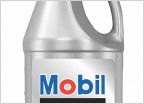 Rear diff gear oil for 11 TRD Sport
Rear diff gear oil for 11 TRD Sport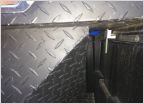 Truck box bed rail mount?
Truck box bed rail mount?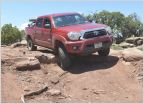 Any good shorter antenna's available?
Any good shorter antenna's available?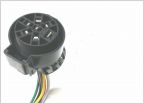 Trailer tail lights stopped working. Connector is broken! How to fix?
Trailer tail lights stopped working. Connector is broken! How to fix?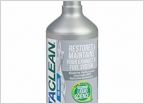 P0430 Code
P0430 Code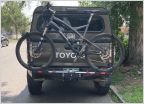 Where to relocate rear license plate for hitch bike rack
Where to relocate rear license plate for hitch bike rack




















